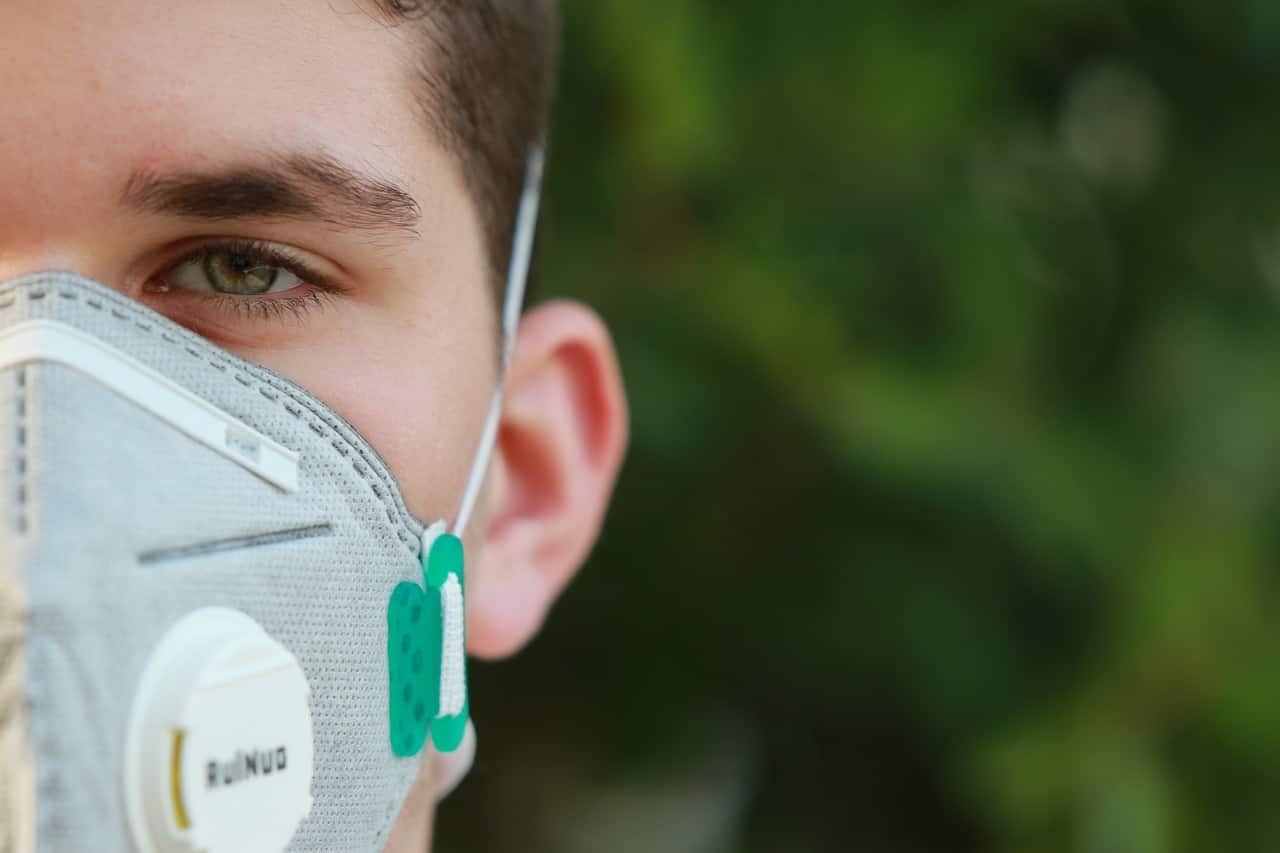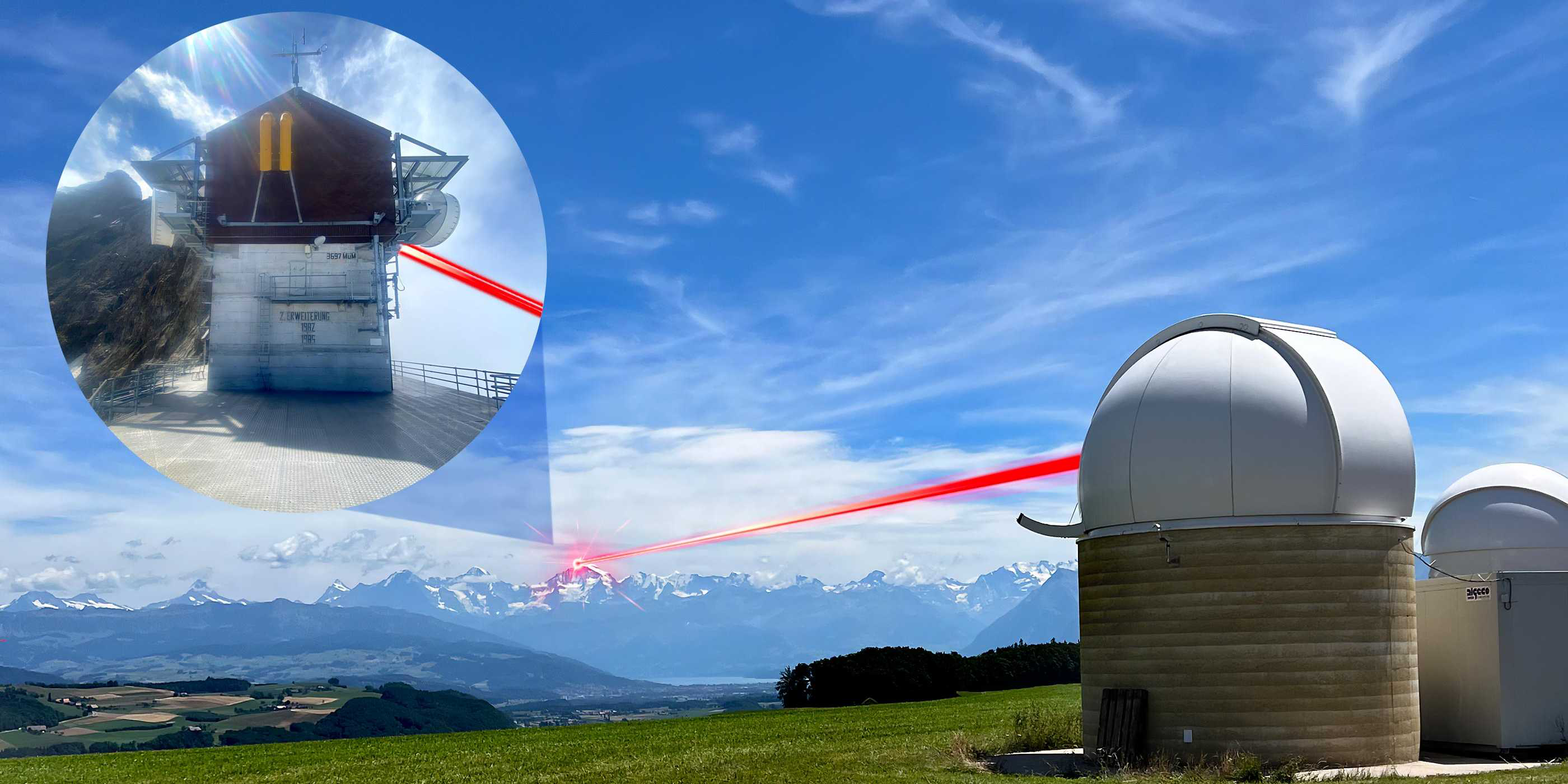
Almost the entire world has been social distancing for weeks now on account of the coronavirus pandemic. Or for months, as is the case in Italy. Social Distancing is the buzzword of the times. Nevertheless, there are thousands of people every day who become infected with the coronavirus. Could the virus be airborne after all? Despite the fact that this has been deemed highly unlikely so far in the eyes of eminent virologists. Could we catch it in the supermarket while we are out shopping? Even if everyone maintains the prescribed distance? A new sensor from Switzerland could provide an answer to this question.
Coronavirus pandemic caused by airborne transmission?
A team of researchers from the Swiss federal laboratories for Materials Science and Technology (Empa), ETH Zurich and the University Hospital Zurich has succeeded in developing a new type of sensor that is capable of testing if concentrations of novel coronavirus are present in the air. This sensor could be used in future to measure the concentration of other viruses in all kinds of environments. For example, in places where lots of people pass through, or in hospital ventilation systems.
Jing Wang and his team at Empa and ETH Zurich usually deal with other issues. They measure and analyze air pollutants such as aerosols and synthetic nanoparticles. Their new focus, however, is now on a sensor. It can detect the novel coronavirus SARS-CoV-2 quickly and reliably.
The team has been working on advancing the sensor since January 2020, when COVID-19 began to spread across China. They use these sensors to detect airborne bacteria and viruses. The aim is to be able to reliably identify the presence of the coronavirus. This sensor will not necessarily replace established laboratory tests. However, it could be used not only as an alternative clinical diagnosis method, but above all, to measure the levels of virus concentrations present in the air in real time. For example, at busy locations such as train stations or hospitals.
Optical sensor for RNA samples
The test works by combining two different methods in order to safely and reliably detect the virus: an optical and a thermal method. The sensor is based on minuscule gold structures, so-called gold nano-islands, which are applied to a glass substrate, the scientists explain. “Synthetic DNA receptors, which match the specific RNA sequences of the SARS-CoV-2 virus, bind to the nano-islands.”
The coronavirus genome is made up of a single strand of RNA. Whereas in living organisms, it comprises a double DNA strand. Therefore, the sensor’s receptors are complementary sequences to the unique RNA sequences of the virus. They are capable of reliably identifying the virus. The technology for identifying the virus is called LSPR (Localized Surface Plasmon Resonance), an optical phenomenon that occurs in metallic nanostructures.
When the nanostructures are stimulated, they then modulate the amount of incident light within a certain wavelength range and create a plasmonic near-field around the nanostructure. “When molecules bind to the surface, the local refractive index changes inside the stimulated plasmonic near-field,” the researchers explain. “With an optical sensor located on the back of the sensor, this change can be measured and thus determine whether the sample contains any relevant RNA strands.”
Initial trials successful
Initial trials with the SARS-CoV virus, which triggered the SARS pandemic in 2003, were successful. “Tests showed that the sensor can clearly distinguish the very similar RNA sequences of the two viruses,” explains Jing Wang. And the two viruses – SARS-CoV and SARS-CoV2 – differ ever so slightly in terms of their RNA. The best thing about the new sensor is that the results are ready in a few minutes.
However, Wang says that the sensor is not ready right now to measure the concentration of coronaviruses present in the air, e.g., at Zurich Central Station. This would require a few more steps in its development. As an example: a system that sucks in air, concentrates the aerosols in it and, subsequently removes the RNA from the viruses. As soon as the sensor is ready, the principle could not only be used for SARS-COV2 and perhaps stop the current corona pandemic, but could also be transferred for use with other viruses and help detect and stop new epidemics at an early stage.







